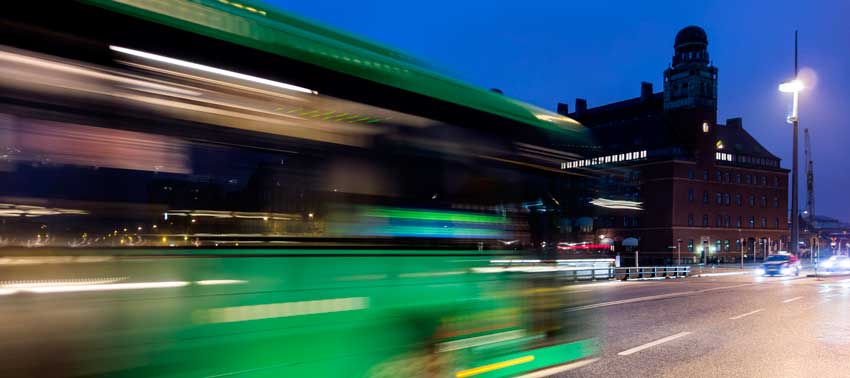EC2B
EC2B offers Mobility as a Service (MaaS): it bundles different transport services for end-users into a single package, making it easy for them to choose between a variety of alternatives. Read our news item. For more information contact Lennart Persson, +46 10 456 56 03.
Support in the development of a bike share system in Gothenburg
Trivector supports the City of Gothenburg in the development of their bike share system. The project includes analysis of system size, type of system, financial systems and establish acceptance among stakeholders. For more information, contact Caroline Mattsson, +46 10 456 56 43.
PROCEED
PROCEED (Principles of successful high quality public transport operation and development) was an EU project within the area of public transport planning. The project delivered a planning tool to help plan successful public transport systems in small and medium-sized European cities. If you would like to learn more, please contact PG Andersson, +46 10 456 56 04.
Rail strategy 2037 (Tågstrategi 2037)
The Rail strategy 2037 is a document clarifying the long term development of railway traffic in Skåne, southern Sweden. The strategy plays an important role in infrastructure and traffic planning throughout the region. For more information, please contact Mats Améen, +46 10 456 56 29.
Public Transport’s Clockwork (Kollektivtrafikens urverk)
In this project we compared public transport regulations in Sweden, UK and Switzerland. A number of basic key factors for successful public transport were identified, resulting in recommendations for Swedish public transport authorities. For more information, please contact Stephan Bösch, +46 10 456 56 39.


